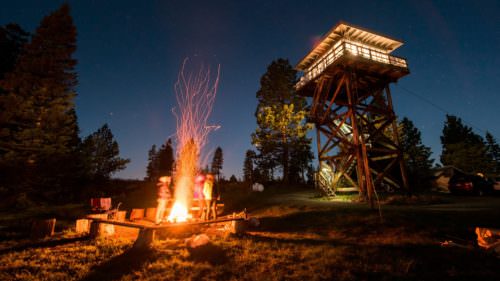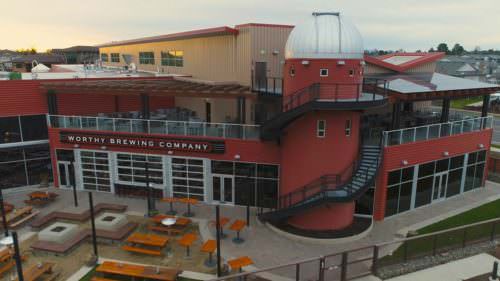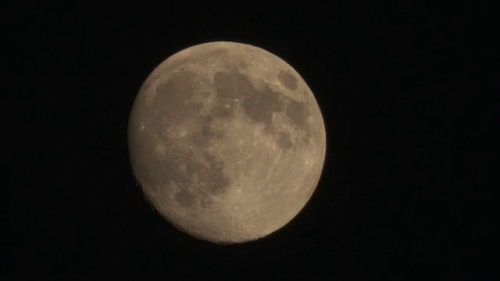As a kid in the sprawling urban world of New Jersey, Ben Canales rarely thought about the stars. That’s because he could hardly see them, and he wasn’t the only one.
For eons, humanity looked up at an unadulterated blanket of stars — glowing as a nightlight, as a navigating aid and as a reminder of the immensity of the universe. But in the last few generations, growing cities have increased light pollution and deprived millions of that view. Those living in many urban areas may only make out a few hundred pinpricks of light, if any at all, not the thousands upon thousands of stars that their ancestors saw. Today experiencing that kind of display requires seeking out clearer skies.
A sleepless Canales discovered this during a backpacking trip in rural Australia. Still awake long after the last strains of the setting sun faded into darkness, he stepped out of his tent and was shocked to see, hovering above him, a band of light specks laced with glitter. Struck with awe, he wondered what he was looking at.
“I saw this glowing cloud, and I had no idea what it was,” he says. After a few minutes, he realized it was the Milky Way arching across the sky. “That just blew my mind, and it set me off on this journey to find these star-filled moments in travel.”
He soon circled the globe in search of darker skies, from the Fiji islands to isolated areas in Brazil to the slopes of Mt. Kilimanjaro. But it was in Oregon, where he now lives and works as a photographer, that he once again experienced an unsullied view of the Milky Way. Here, his passion turned into an obsession, and he planned trips throughout the state — tweaking the knobs on his camera as a way of increasing the number of stars he could see, then sharing the photos with family and friends who didn’t have the opportunity to go with him.
Once distanced from Portland, Eugene and Bend, Canales found that nearly every corner of the state offers unmatched opportunities for stargazing. “We truly have world-class night-sky viewing,” he says. “You’d have to go to Mongolia to find the views we have just in Eastern Oregon.”
From camping in the Alvord Desert to a fire lookout on Dixie Butte, here he shares a few of his favorite stargazing destinations. But choosing a spot in Oregon for a celestial trip isn’t rocket science — look for open spaces, check the weather for clear skies (most commonly found east of the Cascade Mountains in Central and Eastern Oregon) and target areas outside of cities, where light pollution corrupts the view. Also, keep an eye on the moon’s phases; plan a trip within three to four days around a new-moon weekend, when stars become most visible to the naked eye. Those seeking a more guided experience can attend the annual Oregon Star Party, which welcomes hundreds of amateur astronomers from around the country.
“From a dark-skies perspective, we essentially have a gold mine in our backyard,” he says, “and so much of it remains undiscovered. We just need to free ourselves from our glowing screens and get out of the city to see it.”
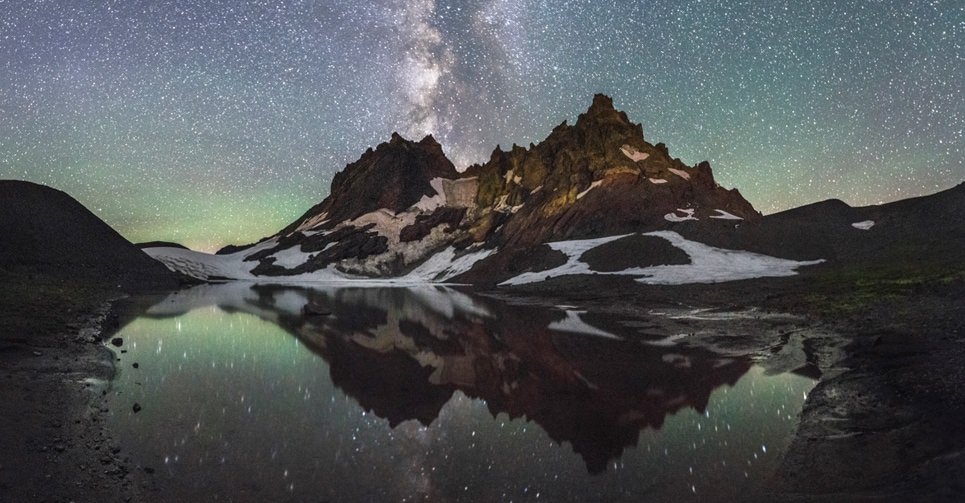
Broken Top (Central Oregon)
To find the stratovolcano Broken Top, drive 20 miles west of Bend and hike into the Three Sisters Wilderness, which requires free entry permits from Memorial Day weekend through October 31. A seasonal lake on the backside of the extinct volcano reflects its glacially eroded peaks and amplifies the stars, but don’t mistake that glowing color for the Northern Lights. “Airglow shimmers a gentle green,” explains Canales. “Our eyes can barely notice the ‘haze’ in the sky, but the camera can capture it very distinctly.”
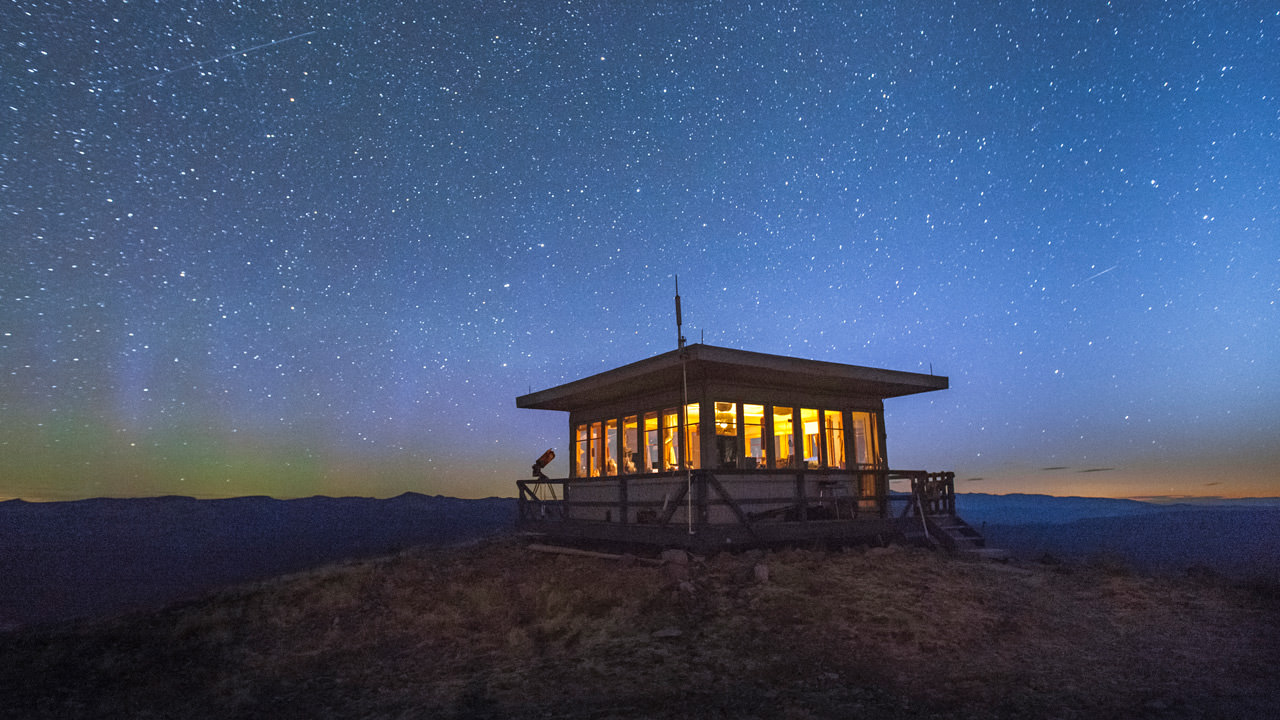
Dixie Butte (Eastern Oregon)
The novelist Jack Kerouac famously wrote about his experiences staying in a fire lookout tower in the Pacific Northwest, and while he never ventured to Dixie Butte in the Malheur National Forest, it’s a good bet that the limitless sky of stars and panoramic view from this summit in the Blue Mountains would’ve inspired a few more stories. When planning a trip, keep in mind that this lookout is staffed during summer months, but the Dixie Campground offers first-come, first-served sites just a short drive from the butte.
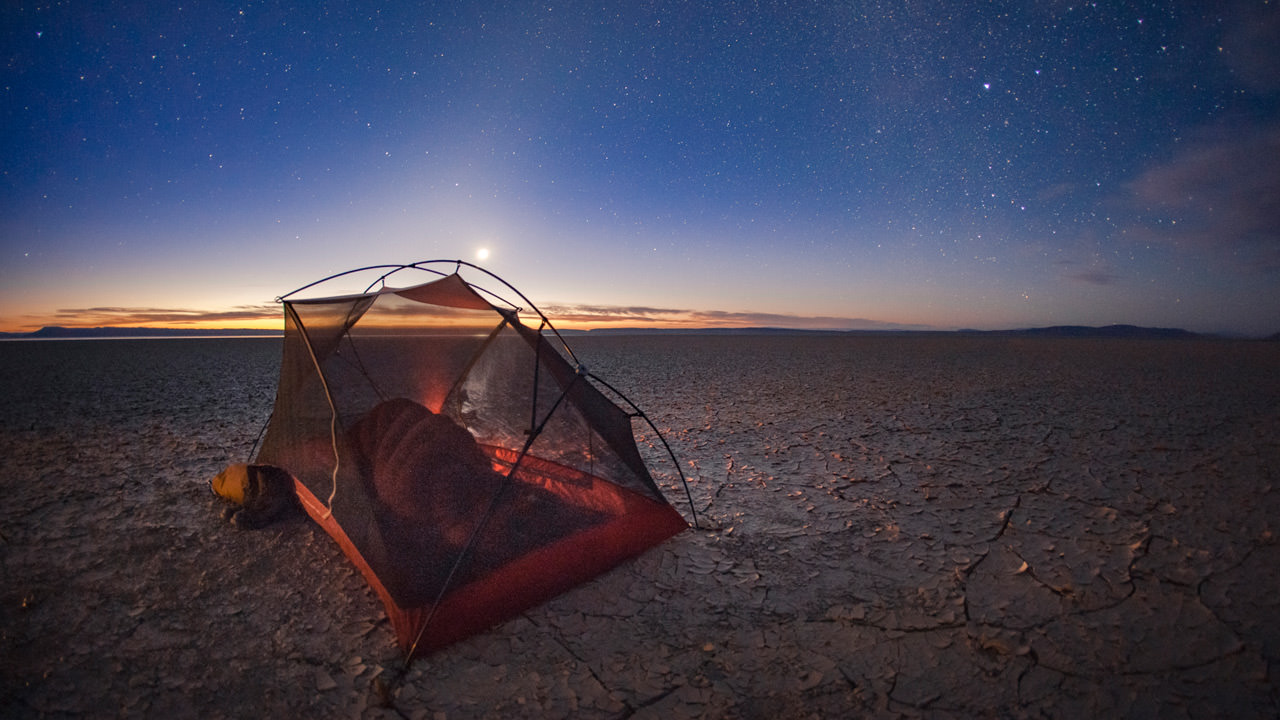
Alvord Desert (Eastern Oregon)
The remote Alvord Desert, in the southeastern corner of Oregon, offers some of the lowest light pollution in the continental United States, making this an out-of-this-world setting to ponder what other life lies in the twinkling universe on display overhead. Here, Canales shot the approaching sunrise, which casts a glow on the horizon, as the fading moon shines above. The triangular Zodiacal light — caused by sunlight scattered by space dust — appears as a diffuse white glow in the sky.
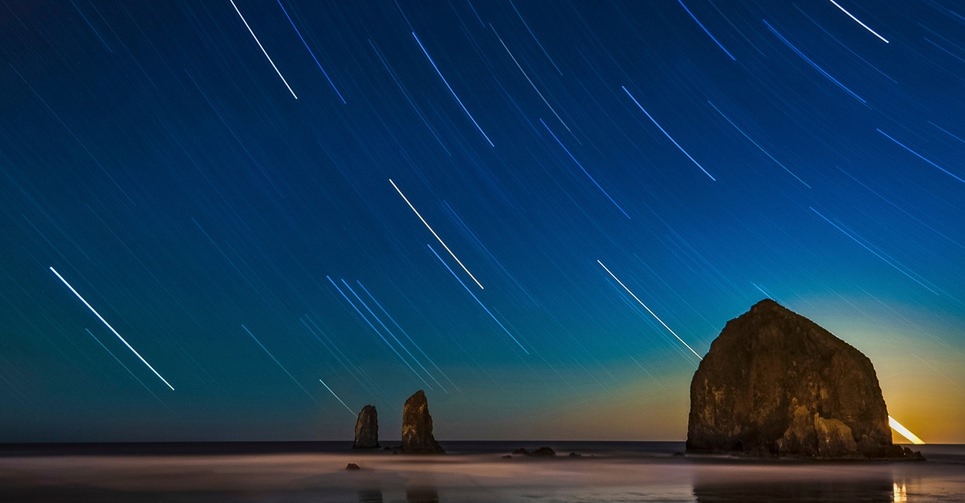
Cannon Beach (Oregon Coast)
This 235-foot sea stack in Cannon Beach ranks among the most photographed natural landmarks in Oregon, but walk along the shore on a clear night to get a different view of Haystack Rock, with stars shimmering in the background. The streaking light depicted here isn’t a meteor shower but technical sleight of hand. Canales took a 45-minute exposure to blur the rising moon and constellation of Orion, seen here as an obscure trio of lines disappearing into the haze on the horizon.
Editor’s pro tip: Avoid the North Coast’s summer rush with a fall or winter visit. Extra points if you take a car-free trip.
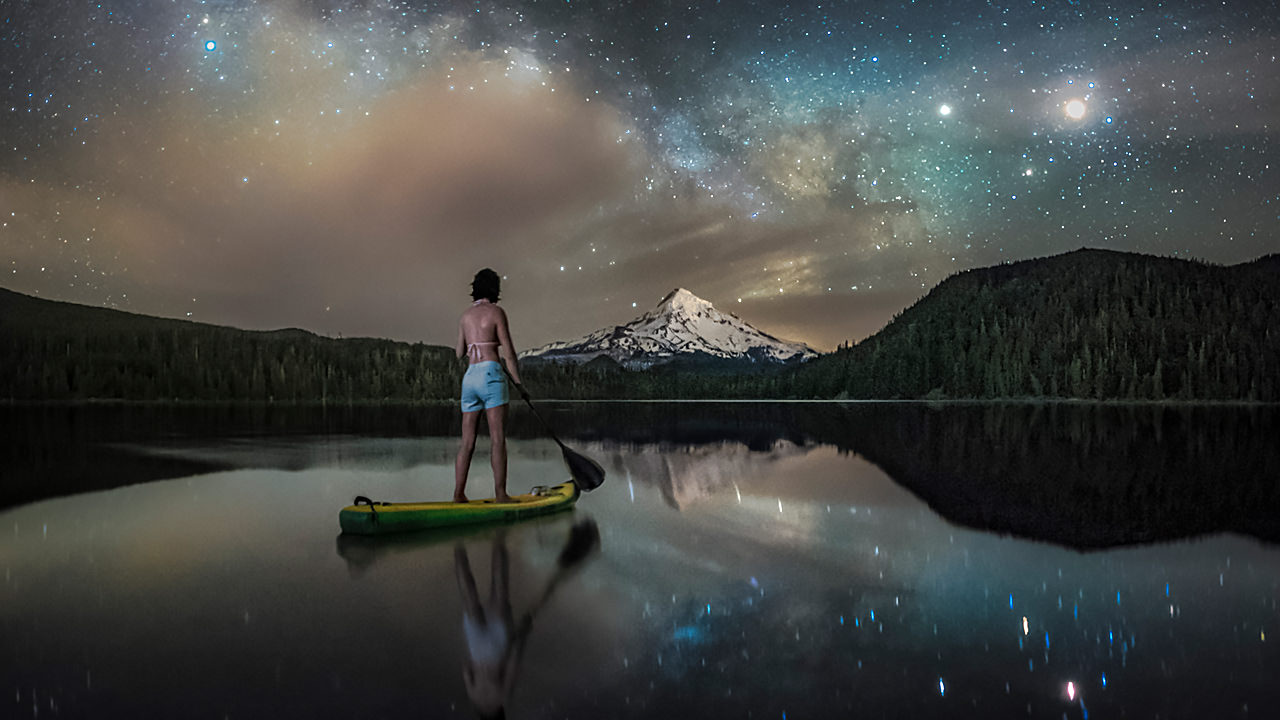
Lost Lake (Mt. Hood)
With a surface as still as glass, the 245-acre Lost Lake in the Mt. Hood National Forest seems like a massive reflection pool designed by nature to accentuate the commanding view of Mt. Hood in the distance. On clear nights like this one, twinkly lights plasters the sky and shimmers off the dark waters of the lake, doubling the star power and making the entire scene feel surreal. “It’s an insane view — standing on the board and seeing all of these stars shimmering on the water,” says Canales, who took this shot while SUPing with friends after dark.
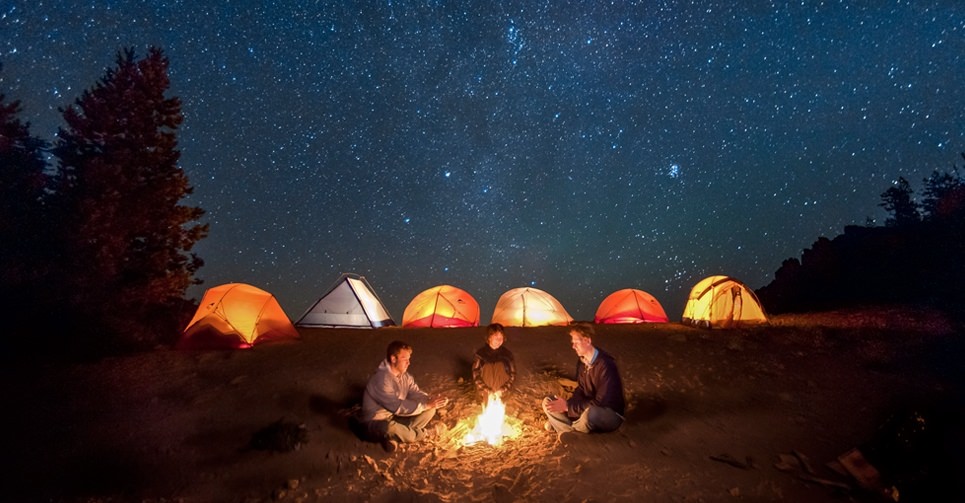
High Rocks (Mt. Hood)
Dirt roads near Timothy Lake, located in the Mt. Hood National Forest, wind to the High Rocks area, with views of rolling hills, rocky outcroppings and Mt. Hood in the background. You’ll need a sporty, four-wheel-drive vehicle to reach this remote viewpoint, but that means it’s a perfect spot for watching a celestial event unfold. Canales and a few friends hauled tents and camping gear here in August 2015 to watch the Perseid meteor shower. “After 100 shooting stars, we just stopped counting,” he says.
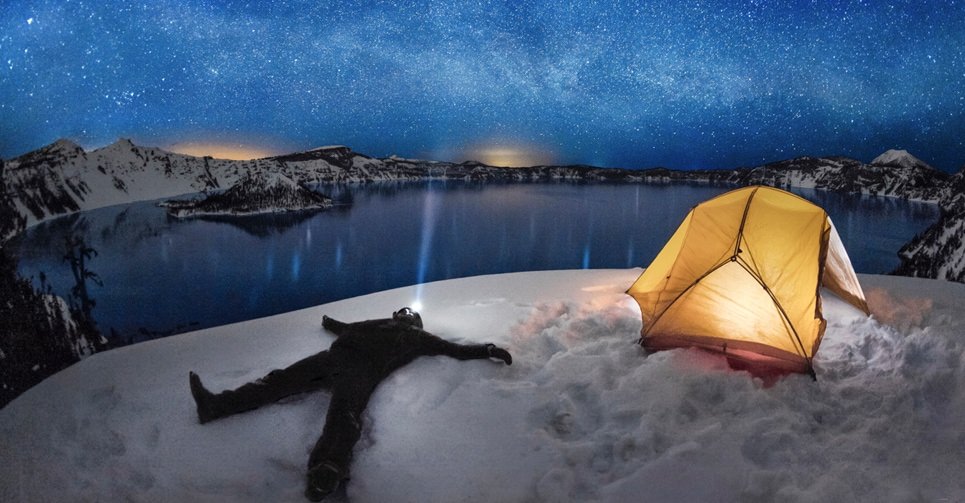
Crater Lake (Southern Oregon)
In 2011 Canales won National Geographic Traveler’s photo contest for this whimsical, long-exposure shot of a starry night spent camping at Crater Lake, the deepest lake in America and among the deepest in the world. “Up there, you feel more than above the world,” he says. “You feel disconnected — like an island floating high up in the sky. It’s moments like these when real life leaves fiction in the dust.”

